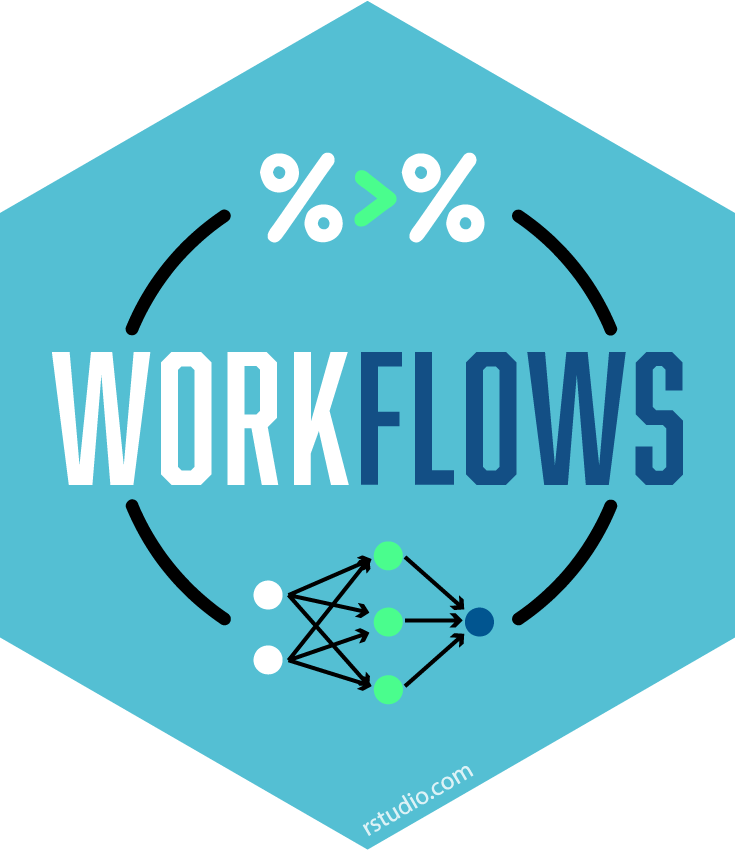Model Accuracy and Evaluation
STAT 220
Recap: KNN (K- Nearest Neighbor)
Supervised machine learning algorithm i.e., it requires labeled data for training
Need to tell the algorithm the exact number of neighbors (K) we want to consider
Training and Testing
Training: Fitting a model with certain hyper-parameters on a particular subset of the dataset
Testing: Test the model on a different subset of the dataset to get an estimate of a final, unbiased assessment of the model’s performance
Workflows

A machine learning workflow (the “black box”) containing model specification and preprocessing recipe/formula
Forest Fire : Data Description
| Variable | Description |
|---|---|
Date |
(DD-MM-YYYY) Day, month, year |
Temp |
Noon temperature in Celsius degrees: 22 to 42 |
RH |
Relative Humidity in percentage: 21 to 90 |
Ws |
Wind speed in km/h: 6 to 29 |
Rain |
Daily total rain in mm: 0 to 16.8 |
Fine Fuel Moisture Code (FFMC) index |
28.6 to 92.5 |
Duff Moisture Code (DMC) index |
1.1 to 65.9 |
Drought Code (DC) index |
7 to 220.4 |
Initial Spread Index (ISI) index |
0 to 18.5 |
Buildup Index (BUI) index |
1.1 to 68 |
Fire Weather Index (FWI) index |
0 to 31.1 |
Classes |
Two classes, namely .bold[fire] and .bold[not fire] |
1. Create a workflow: Split raw data
# A tibble: 61 × 3
temperature isi classes
<dbl> <dbl> <chr>
1 29 1 not fire
2 26 0.3 not fire
3 26 4.8 fire
4 28 0.4 not fire
5 31 0.7 not fire
6 31 2.5 not fire
7 34 9.2 fire
8 32 7.6 fire
9 32 2.2 not fire
10 29 1.1 not fire
# ℹ 51 more rows- Make a recipe
- Specify the model
- Define the workflow object
5. Fit the model
Fitted workflow
══ Workflow [trained] ══════════════════════════════════════════════════════════
Preprocessor: Recipe
Model: nearest_neighbor()
── Preprocessor ────────────────────────────────────────────────────────────────
2 Recipe Steps
• step_scale()
• step_center()
── Model ───────────────────────────────────────────────────────────────────────
Call:
kknn::train.kknn(formula = ..y ~ ., data = data, ks = min_rows(5, data, 5), kernel = ~"rectangular")
Type of response variable: nominal
Minimal misclassification: 0.03296703
Best kernel: rectangular
Best k: 56. Evaluate the model on test dataset
7. Compare the known labels and predicted labels
Group Activity 1

- Please clone the
ca22-yourusernamerepository from Github - Please do problem 1 in the class activity for today
10:00 How to choose the number of neighbors in a principled way?

We normally don’t have a clear separation between classes and usually have more than 2 features.
Eyeballing on a plot to discern the classes is not very helpful in the practical sense
Evaluating accuracy
We want to evaluate classifiers based on some accuracy metrics.
Randomly split data set into two pieces: training set and test set
Train (i.e. fit) KNN on the training set
Make predictions on the test set
See how good those predictions are
Train (left) and test (right) dataset (50-50)





Confusion matrix: tabulation of true (i.e. expected) and predicted class labels
Performance metrics
Accuracy
Proportion of correctly classified cases \[{\rm Accuracy} = \frac{\text{true positives} + \text{true negatives}}{n}\]
Sensitivity
Proportion of positive cases that are predicted to be positive \[{\rm Sensitivity} = \frac{\text{true positives}}{ \text{true positives}+ \text{false negatives}}\] Also called… true positive rate or recall
Specificity
Proportion of negative cases that are predicted to be negative \[{\rm Specificity} = \frac{\text{true negatives}}{ \text{false positives}+ \text{true negatives}}\] Also called… true negative rate
Positive predictive value (PPV)
Proportion of cases that are predicted to be positives that are truly positives \[{\rm PPV} = \frac{\text{true positives}}{ \text{true positives} + \text{false positives}}\] Also called… precision
Group Activity 2

- Please finish the remaining problems in the class activity for today
10:00 Tabulate the metrics !!
custom_metrics <- metric_set(accuracy, sens, spec, ppv) # select custom metrics
metrics <- custom_metrics(fire_results, truth = classes, estimate = predicted)
metrics# A tibble: 4 × 3
.metric .estimator .estimate
<chr> <chr> <dbl>
1 accuracy binary 0.934
2 sens binary 0.910
3 spec binary 0.964
4 ppv binary 0.968Choose the optimal K based on majority of the metrics!

Receiver Operating Characteristic (ROC) curve

library(yardstick)
fire_prob <- predict(fire_knn_fit, test_features, type = "prob")
fire_results2 <- fire_test %>% select(classes) %>% bind_cols(fire_prob)
fire_results2 %>%
roc_curve(truth = classes, .pred_fire) %>%
ggplot(aes(x = 1 - specificity, y = sensitivity)) +
geom_line(color = "#1f77b4", size = 1.2) +
geom_abline(linetype = "dashed", color = "gray") +
annotate("text", x = 0.8, y = 0.1, label = paste("AUC =", round(roc_auc(fire_results2, truth = classes, .pred_fire)$.estimate, 3)), hjust = 1, color = "#ff7f0e", size = 5, fontface = "bold") +
labs(title = "ROC Curve", subtitle = "Performance of Fire Prediction Model", x = "False Positive Rate (1 - specificity)", y = "True Positive Rate (sensitivity)") +
theme_minimal() 